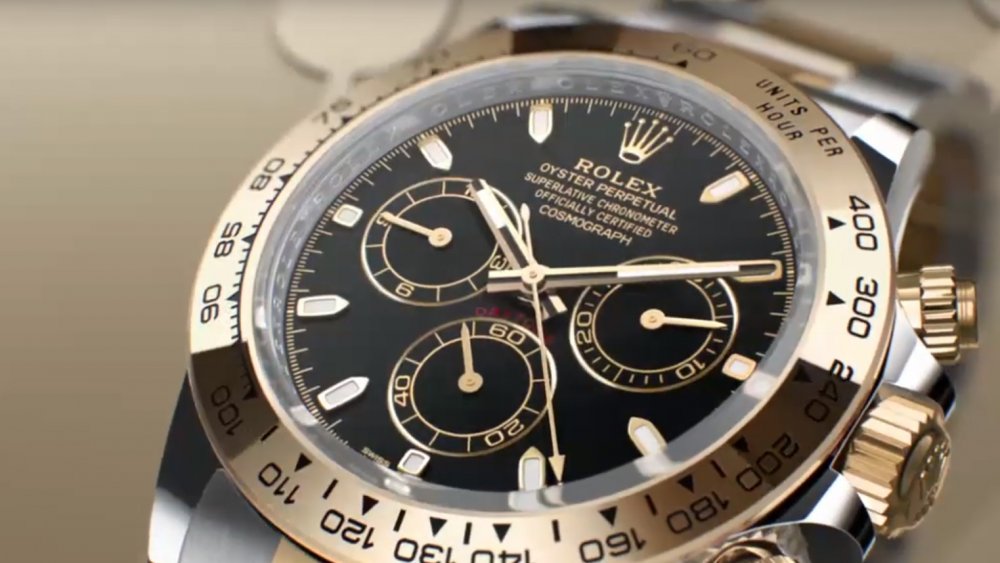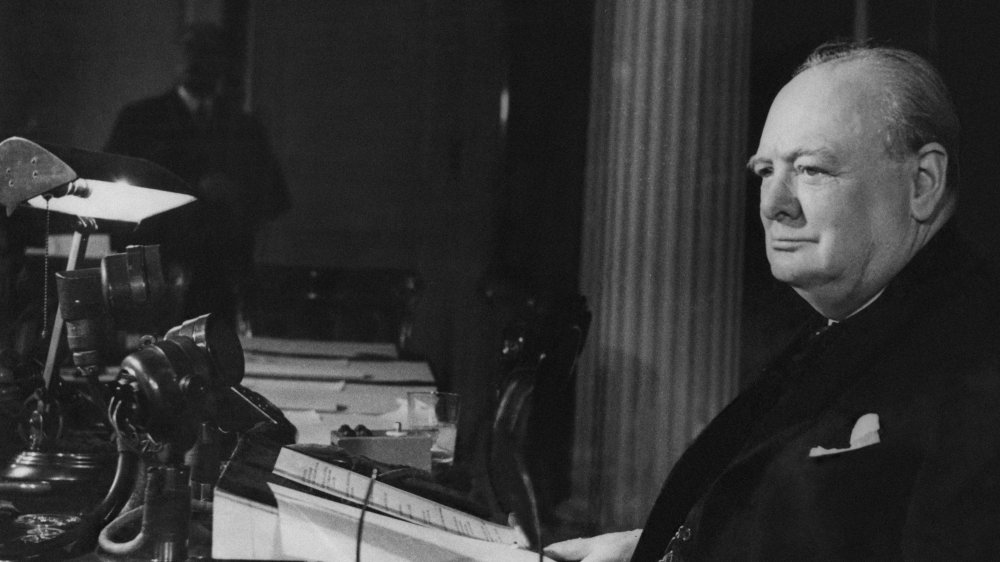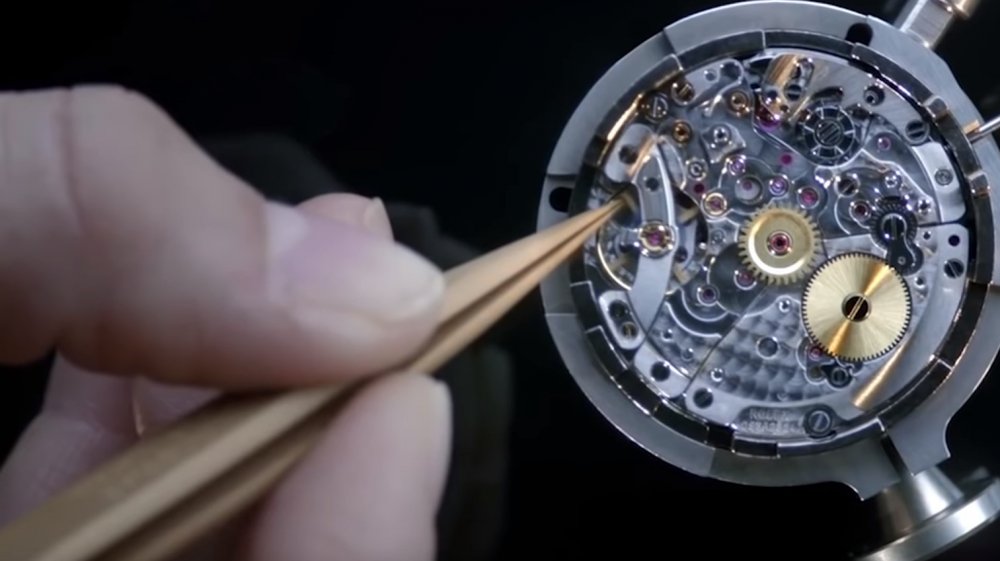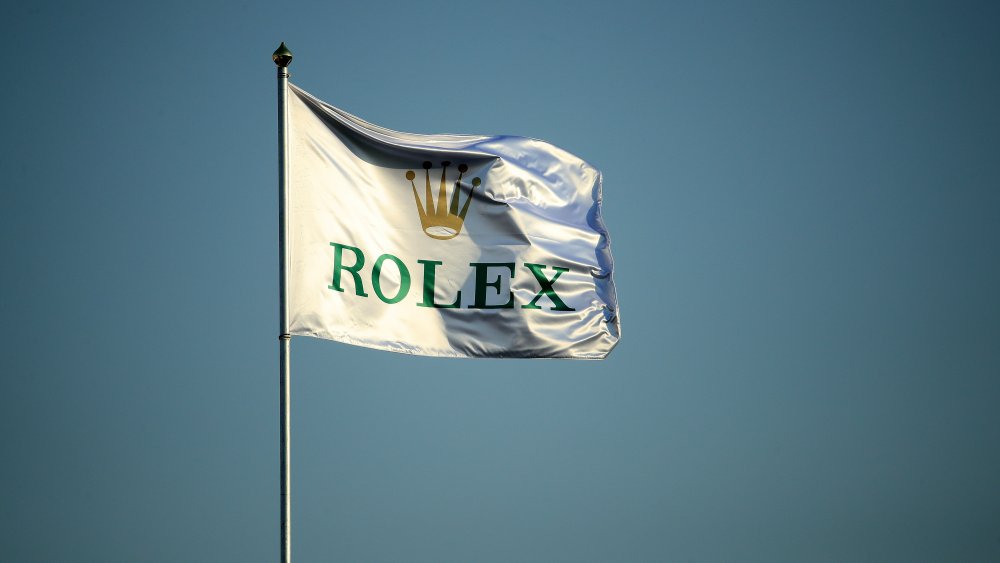Why Are Rolex Watches So Expensive?
For generations, the Rolex watch has been the wrist-borne mascot of affluence and taste. Want to subtly communicate to all of the jerks at your highschool reunion that you're doing significantly better than they are? Wearing a Rolex means that you'll be able to tell them not just what time it is, but also where to stick it. It's the Jay Gatsby party of accessories. It's the red carpet of luxury timepieces. It's a quarter pound of financial superiority that hangs from your forearm as you walk out of the theater, silently begging the denizens of Crime Alley to do whatever it takes to turn your son into Batman.
Today, a genuine Rolex sells for a near-sacrilegious amount of money. So much money that, at a certain point, there's no real reason to list actual prices. In 2017, Paul Newman's old timepiece sold at auction for $17.8 million. New, high end, un-Butch Cassidy-ed models can run the better part of half a million dollars. The over-the-counter price for one of these tiny machines is more than most Americans make in a decade. All of which only serves to beg the question, how is this company charging so much for a device that does objectively less than a fifteen dollar Tracfone?
Turning back the clock
Let's start out like this: if you're not already at a place in your life where a watch that costs as much as the entire production budget of Napoleon Dynamite seems reasonable, nothing that you're about to read will change your mind. By the numbers, a Rolex is a few ounces of metal arranged in a way that makes it really, really good at telling time.
But if you've got the walking around money, a Rolex watch probably seems like a swell idea. The company has been around since 1905, when they went by the moniker of Wilsdorf and Davis. Rebranding in 1920, they started using the Rolex name, finding it internationally easy to pronounce and just a skosh onomatopoeic, sounding like the noise a watch makes when it's being wound.
A product of the times
From there, the brand grew, both in financial success and in the eye of the public. After World War II wrapped up, Winston Churchill was presented with a custom Rolex engraved with his family crest. Later, Marlon Brando, Martin Luther King, Elvis, and John F. Kennedy would all sport the extravagant accessories. If fictional men's men are more your speed, James Bond rocked variations on the Rolex Submariner in four out of six incarnations. Daniel Craig and Pierce Brosnan wore an Omega Seamaster, the spoilsports.
All of which is mostly to say that, if nothing else, the things have a pedigree of coolness.
A lot of people on the clock
As for the materials used to make these concentrated cash pits, they might also play a role in the pricing. According to The Watch Company, a modern steel Rolex watch is made of 904L stainless steel, a "corrosion-resistant superalloy" made up mostly of iron, nickel, and chromium. It's a difficult material to machine properly, and specialized, in-house equipment has to be employed and maintained to harness its heavenly watch-encasing potential.
They also point out that Rolex's internal R&D department is top of the line, employing dozens of experts in their field, utilizing "several electron microscopes and gas spectrometers" in order to conduct "research on oils and lubricants used in their machines. "Us, we're WD-40 guys, but we've also never been in charge of what Forbes called 2019's 78th most valuable company in the world.
The process of assembling a Rolex watch is at another level. Mechanization is used in repetitive tasks like packaging and initial polishes, but nearly all of the detail work is done by hand.
The bracelet section of the watch is generally assembled manually, and precious stone inlays are performed by "certified gemologists," who presumably have the time since breaking up with the hologramologists. Per The Watch Company, these highly trained employees "assist in purchasing, testing, and setting precious materials, including gold and diamond, onto various luxurious models."
Some things are just timeless
Once the watch is assembled, it will generally undergo a series of rigorous tests. Checking to make sure that the thing keeps OCD-level exact time is just the beginning. If a piece is advertised as being water resistant, it's placed in a pressurized water tank, then checked again in the great outdoors. If you think your job is stressful, imagine being the guy who has to carry half a million dollars worth of wristwatches outside and dump them in a lake.
And every precious, unimaginably costly second of effort goes into making what's essentially an upgraded version of that digital Animaniacs watch you got after you sent twelve box tops to Kelloggs in fifth grade. But maybe we're just cynical.




